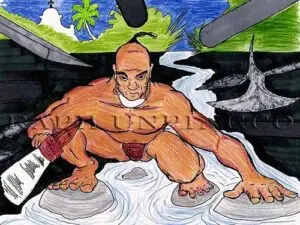
Matatnga: Fearless
Matatnga is defined as “strong personality or fearless.” Chief Hurao, a CHamoru leader during the Spanish-CHamoru wars in the late 1600s, was the living embodiment

Matatnga is defined as “strong personality or fearless.” Chief Hurao, a CHamoru leader during the Spanish-CHamoru wars in the late 1600s, was the living embodiment
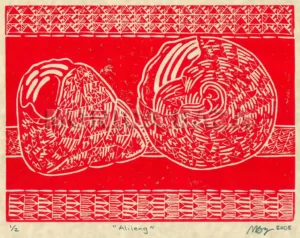
Many private print collections on Guam center around authentic Japanese woodblocks including a sizable patronage of French artist Paul Jacoulet. Jacoulet worked out of Japan
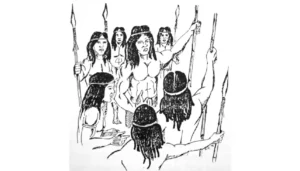
The CHamoru expression inafa’ maolek (making it good for each other) expresses a core CHamoru value. A life of harmony is taken to be the
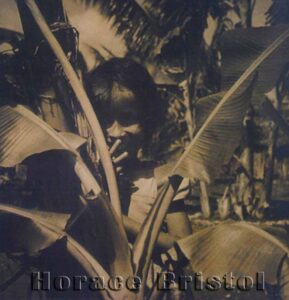
Photography as an art form is relatively new on Guam. There have been visiting photographers on Guam since the early 1900s. However, the evolution of
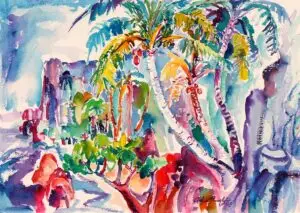
The work of some of Guam’s contemporary painters can be found right off the tarmac as travelers arriving or departing through the AB Won Pat
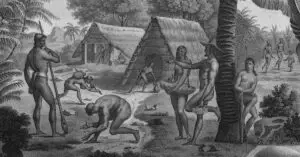
Taotaomo’na, the people of before, refers to ancestral spirits that inhabited the earth along with the living. Ancient Chamorros/CHamorus believed the world around them was
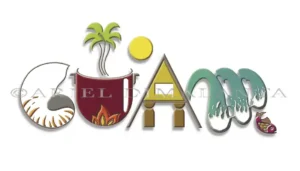
Although a relatively new form of art, graphic arts on Guam became a common medium for cultural and artistic expression as modern technology became more
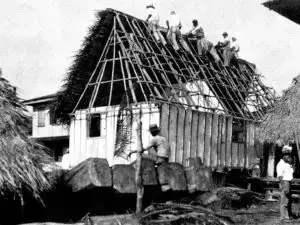
Interpretive essay: Striving for harmony is the foundation to CHamoru culture. The phrase inafa’ maolek (pronounced e-na-fah mao-lek) describes the CHamoru concept of restoring harmony

Though it is still relatively small, filmmaking is growing on Guam as both an art form and an industry. On an island that values story-telling,

Nina (patlina) and Ninu (patlino) , meaning godmother and godfather in the Mariana Islands, respectively, are borrowed terms from the Spanish padrina and padrino. These